Filter by
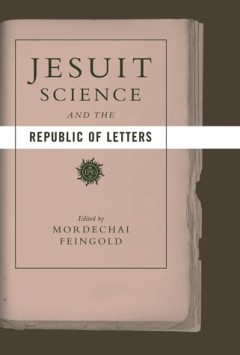
"Jesuit Science and the Republic of Letters "
A reassessment of the Jesuit contributions to the emergence of the scientific worldview.Founded in 1540, the Society of Jesus was viewed for centuries as an impediment to the development of modern science. The Jesuit educational system was deemed conservative and antithetical to creative thought, while the Order and its members were blamed by Galileo, Descartes, and their disciples for virtuall…
- Edition
- 1
- ISBN/ISSN
- 9780262272537
- Collation
- -
- Series Title
- -
- Call Number
- -
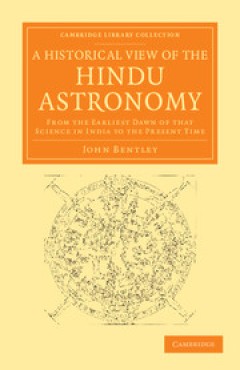
A Historical View of the Hindu Astronomy
Shrouded in poetry, the earliest accounts of Hindu astronomy can strike modern readers as obscure. They involve the marriage of the moon to twenty-seven princesses, a war between gods and giants, and shadows that give birth to planets. In this fascinating study, first published in Calcutta in 1823 and reissued here in the 1825 edition, John Bentley (c.1750–1824) strives to strip back the myth…
- Edition
- -
- ISBN/ISSN
- 9781139506533
- Collation
- -
- Series Title
- Cambridge Library Collection - South Asian History
- Call Number
- -

Chemistry Education and Contributions from History and Philosophy of Science
This book explores the relationship between the content of chemistry education and the history and philosophy of science (HPS) framework that underlies such education. It discusses the need to present an image that reflects how chemistry developed and progresses. It proposes that chemistry should be taught the way it is practiced by chemists: as a human enterprise, at the interface of scientifi…
- Edition
- -
- ISBN/ISSN
- 978-3-319-26248-2
- Collation
- -
- Series Title
- -
- Call Number
- 370
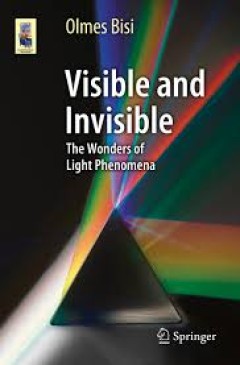
Visible and Invisible The Wonders of Light Phenomena
Light phenomena have intrigued humankind since prehistory. Think of the rainbow, a sunset on the sea, a game of shadows. Humans have always used light for their own needs, from cooking food to illuminating a room. However, light is not only limited to what we can see with our eyes. The invisible part of the electromagnetic spectrum is broad and dynamic. This book outlines the mysteries and w…
- Edition
- -
- ISBN/ISSN
- 978-3-319-09825-8
- Collation
- -
- Series Title
- -
- Call Number
- -
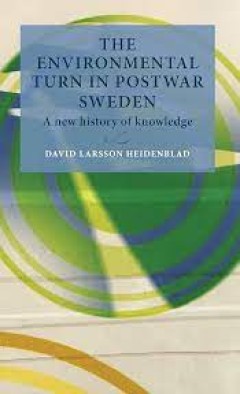
The environmental turn in postwar Sweden A new history of knowledge
This book tells the story of how modern environmentalism emerged in postwar Sweden. It shows that the ‘environmental turn’ in Sweden occurred as early as the autumn of 1967 and that natural scientists led the way. The most influential was the chemist Hans Palmstierna, who was both an active Social Democrat and a regular contributor to the nation’s leading morning paper. Thus, he had a uni…
- Edition
- -
- ISBN/ISSN
- 9789198557749
- Collation
- -
- Series Title
- -
- Call Number
- -
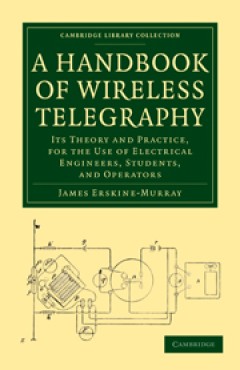
A Handbook of Wireless Telegraphy Its Theory and Practice, for the Use of El…
James Erskine-Murray (1868–1927) was a Scots expert in wireless technology who studied under Lord Kelvin for six years at Glasgow University before arriving at Trinity College, Cambridge as a research student. He eventually became a telegraphy consultant and published this work in 1907. Its aim was to inform engineers, students, and radio operators about many aspects of a rapidly changing tec…
- Edition
- -
- ISBN/ISSN
- 9780511795411
- Collation
- -
- Series Title
- Cambridge Library Collection - Technology
- Call Number
- -

Carl Friedrich von Weizsäcker : Pioneer of Physics, Philosophy, Religion, Po…
This book offers a collection of texts by Carl Friedrich von Weizsaecker (1912-2007), a major German universal scientist who was a pioneer in physics, philosophy, religion, politics and peace research. He started as an assistant to the physicist, Werner Heisenberg, held professorships in theoretical physics (Strasbourg), physics (Goettingen) and philosophy (Hamburg) and was a co-director (with …
- Edition
- 1
- ISBN/ISSN
- -
- Collation
- XXVIII, 166
- Series Title
- SpringerBriefs on Pioneers in Science and Practice
- Call Number
- 900
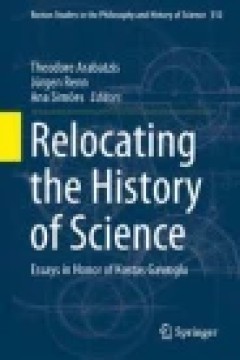
Relocating the History of Science
This volume is put together in honor of a distinguished historian of science, Kostas Gavroglu, whose work has won international acclaim, and has been pivotal in establishing the discipline of history of science in Greece, its consolidation in other countries of the European Periphery, and the constructive dialogue of these emerging communities with an extended community of international scholar…
- Edition
- -
- ISBN/ISSN
- -
- Collation
- -
- Series Title
- -
- Call Number
- -
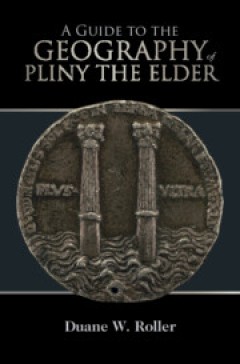
A Guide to the Geography of Pliny the Elder
This is the first thorough English commentary on the geographical books of Pliny the Elder, written in the AD 70s. Pliny's account is the longest in Latin, and represents the geographical knowledge of that era, when the Roman Empire was the dominant force in the Mediterranean world. The work serves both cultural and ideological functions: much of it is topographical, but it also demonstrates th…
- Edition
- -
- ISBN/ISSN
- 9781108693660
- Collation
- -
- Series Title
- -
- Call Number
- -
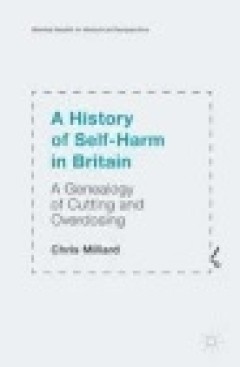
A History of Self-Harm in Britain: A Genealogy of Cutting and Overdosing
This book is open access under a CC BY license and charts the rise and fall of various self-harming behaviours in twentieth-century Britain. It puts self-cutting and overdosing into historical perspective, linking them to the huge changes that occur in mental and physical healthcare, social work and wider politics.
- Edition
- Ed. 1
- ISBN/ISSN
- 978-1-137-52962-6
- Collation
- -
- Series Title
- Mental Health in Historical Perspective
- Call Number
- 909 MIL h
 Computer Science, Information & General Works
Computer Science, Information & General Works  Philosophy & Psychology
Philosophy & Psychology  Religion
Religion  Social Sciences
Social Sciences  Language
Language  Pure Science
Pure Science  Applied Sciences
Applied Sciences  Art & Recreation
Art & Recreation  Literature
Literature  History & Geography
History & Geography